When it comes to camping, ensuring your comfort is paramount. Regardless of whether you’re a seasoned camper or just embarking on your outdoor adventures, the quality of your experience can be greatly enhanced by having a warm and cozy tent. But the question arises: how exactly can you heat a tent? In this comprehensive guide, we will delve into a variety of methods for heating tents, ranging from time-honored traditional approaches to innovative and modern techniques that guarantee a snug and inviting camping experience. So, get ready to discover the secrets of staying toasty while immersing yourself in the great outdoors!
Importance of Proper Tent Heating
Before we delve into the different methods of heating a tent, let’s first understand why it is important to properly heat your tent while camping. The most obvious reason is for comfort – no one wants to shiver through a cold night in their tent, feeling the chill seeping into their bones. But beyond that, proper tent heating also has significant safety implications that cannot be overlooked.
Moreover, having a heated tent can also help prevent condensation and moisture build-up inside the tent. When camping in colder climates, the temperature difference between the inside and outside of the tent can create a breeding ground for condensation. This not only makes for an uncomfortable camping experience, but it can also pose a safety hazard by making the tent damp and increasing the chances of mold growth. By maintaining a warm and dry environment inside the tent, you can enjoy a more pleasant and worry-free camping trip.
So, whether you’re planning a winter camping adventure or heading out during a chilly season, it’s crucial to prioritize proper tent heating. By doing so, you’ll enhance your comfort, ensure your safety, and create a more enjoyable camping experience overall.[3]
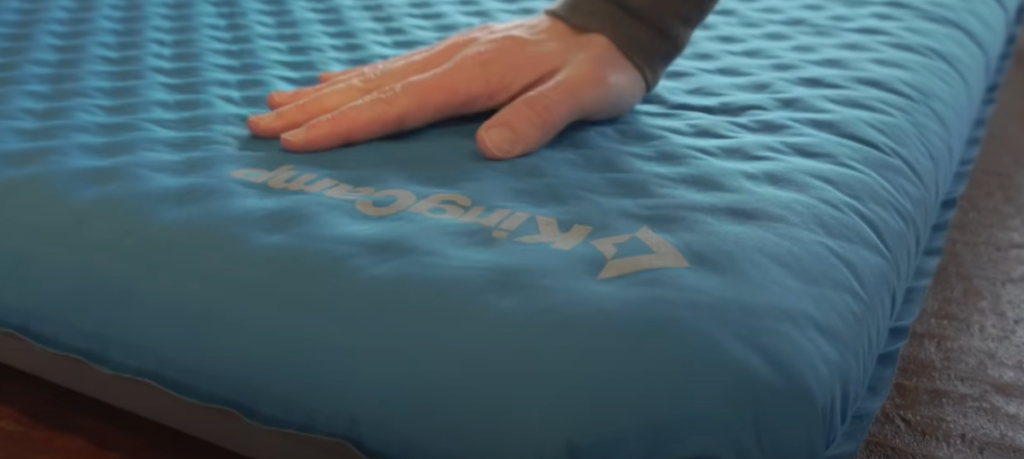
Safety Considerations
Before we delve into the various methods of heating a tent, it is crucial to highlight some important safety considerations. When utilizing any heat source within your tent, it is imperative to prioritize proper ventilation to prevent the potential build-up of carbon monoxide and subsequent suffocation risks. Additionally, it is of utmost importance to diligently read and adhere to all safety instructions provided by the manufacturers of the heating equipment you intend to use.
Moreover, it is highly advisable to maintain a safe distance between the heat source and any flammable materials, such as blankets or clothing, to mitigate potential fire hazards. It is also prudent to have a readily accessible fire extinguisher in case of emergencies, ensuring that you are well-prepared to address any unforeseen circumstances. By implementing these precautionary measures and exercising common sense, you can safely relish the warmth of your tent without exposing yourself to unnecessary risks.[3]
Types of Tent Heaters
Portable Gas Heaters
One of the most popular ways to heat a tent is by using a portable gas heater. These devices are compact and easy to transport, making them an ideal choice for camping trips. They typically use butane or propane as fuel and provide a reliable source of heat in colder temperatures.
However, it is crucial to ensure proper ventilation when using gas heaters inside your tent due to the risk of carbon monoxide poisoning. Carbon monoxide is a colorless and odorless gas that can be harmful or even fatal if inhaled in high concentrations. To prevent this, it is recommended to use these heaters in larger tents with plenty of room for ventilation. Make sure to leave windows or vents partially open to allow fresh air circulation while using the heater.
Additionally, it is important to never leave the gas heater unattended. While these devices are designed with safety features, it is always best to monitor them closely to prevent any accidents. Be sure to follow the manufacturer’s instructions and guidelines for safe usage.
By taking these precautions, you can enjoy the warmth and comfort provided by a portable gas heater while camping, ensuring a cozy and safe experience even in colder temperatures.[1]
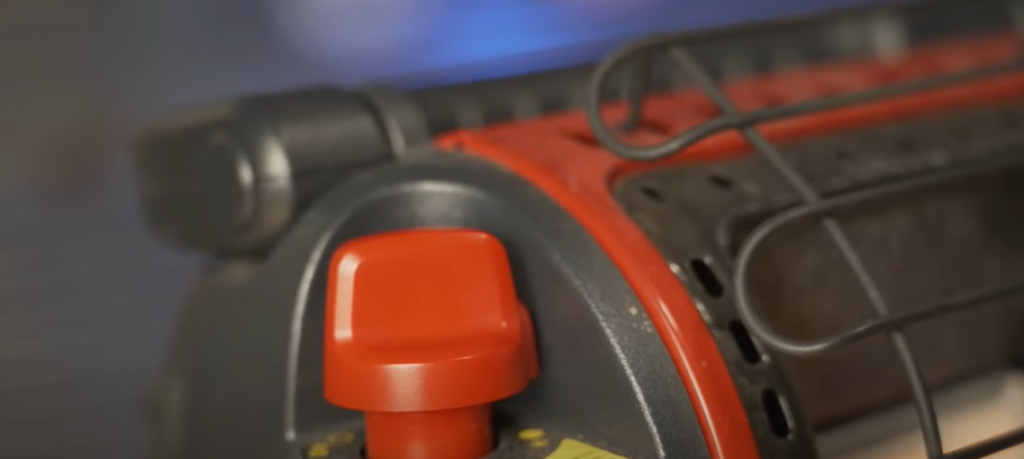
Electric Tent Heaters
Electric heaters offer a convenient and efficient way to heat your tent during chilly camping nights. They come in various sizes, allowing you to easily find one that perfectly fits your tent’s dimensions. These heaters typically rely on electricity as their power source, giving you the option to plug them into a nearby outlet or power them with portable generators.
One significant advantage of electric heaters is their safety aspect. Unlike gas heaters, they do not emit any gases or fumes, making them a much safer option. This is especially important when using heaters in enclosed spaces like tents. With an electric heater, you can enjoy warmth and comfort without worrying about ventilation or exposure to harmful substances.
However, it is important to consider that electric heaters require access to electricity. This may not always be available in remote camping locations or during power outages. Therefore, it is advisable to have alternative heating options or backup power sources when camping in such circumstances.[1]
Wood-Burning Stoves
For those looking for a more traditional and rustic way of heating their tent, wood-burning stoves are an excellent option. These stoves are typically made of lightweight materials, making them easy to transport and set up in your tent.
However, it is crucial to keep in mind that wood-burning stoves require constant attention and maintenance. You will need to continuously feed the fire with wood and monitor its temperature to prevent any accidents. It is also important to practice proper fire safety measures and have a fire extinguisher nearby.[1]
Candle Heaters
For a low-cost and eco-friendly heating option, consider using candle heaters in your tent. These ingenious devices utilize tea light candles to generate heat, providing a cozy and comfortable camping experience. You can place them inside a small, enclosed space like a tent and experience effective heating without the need for electricity or gas.
Candle heaters are not only practical but also lightweight and easy to transport, making them an ideal choice for camping trips. Their compact size allows for convenient storage and hassle-free setup. Additionally, their simplicity and lack of dependence on fuel sources make them a sustainable and environmentally-friendly alternative.
While candle heaters are generally safe to use, it is important to exercise caution. Always monitor the candle heater closely and never leave it unattended. It is advisable to use them in well-ventilated tents or open spaces to ensure proper air circulation. By following these guidelines, you can enjoy the warmth and comfort provided by candle heaters while minimizing any potential risks.[1]
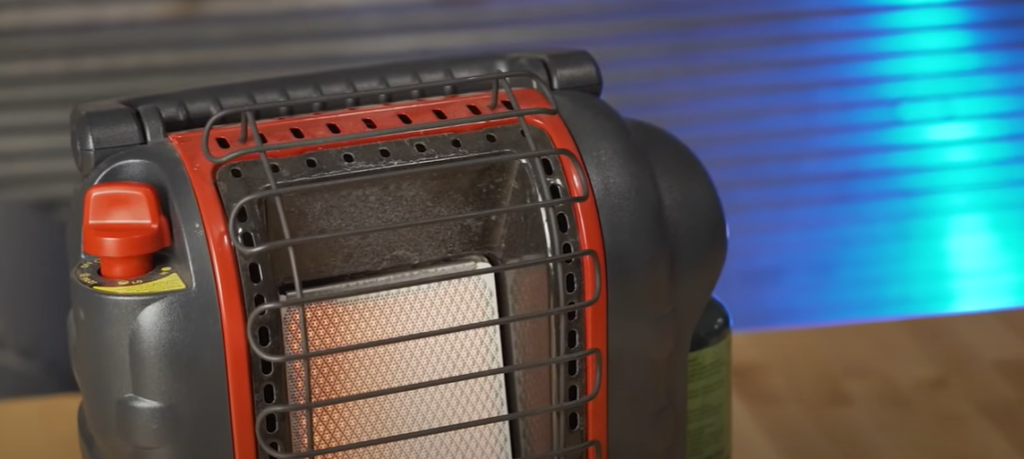
Choosing the Right Heater
Tent Size and Insulation
When considering which type of heater to use for your tent, it is essential to keep in mind the size and insulation of your tent. Larger tents, such as those designed for group camping, may require a more powerful heater or even multiple heaters to effectively warm up the space and provide adequate comfort for everyone. On the other hand, smaller tents intended for solo camping may only require a compact and portable heater to create a cozy environment.
Moreover, the weather conditions and climate of your camping destination should also be taken into account. If you are planning to camp in a colder climate, such as during winter or in high altitude areas, you may need a stronger heating source compared to milder temperatures. Extremely cold conditions can quickly dissipate heat, so opting for a heater with higher BTU (British Thermal Units) output or a built-in thermostat can help maintain a comfortable temperature inside the tent.
Additionally, the level of insulation in your tent can significantly affect the efficiency and effectiveness of your heater. Tents with thicker, insulating walls will retain heat better than thinner, more breathable materials. Look for tents that feature added insulation in the walls, floor, and ceiling to minimize heat loss and ensure optimal warmth. Properly sealing any gaps or openings in the tent, such as zippers or vents, can also prevent drafts and maintain a consistent temperature.[4]
Environmental Considerations
When selecting a tent heater, it is crucial to consider the potential impact on the environment. Using gas or fuel-powered heaters can contribute to air pollution and harm the natural surroundings of your camping location, affecting the flora and fauna that thrive there. In contrast, electric or candle heaters are more eco-friendly options, as they have minimal environmental impact and reduce the carbon footprint associated with traditional heating methods. By choosing these alternatives, you can enjoy a cozy camping experience while preserving the beauty of nature for future generations to cherish.
Additionally, properly disposing of any waste materials from your heater, such as used fuel canisters or candle wax, is crucial to maintain the cleanliness and sustainability of your campsite. Always follow proper waste management practices and avoid leaving any harmful or non-biodegradable materials behind.[4]
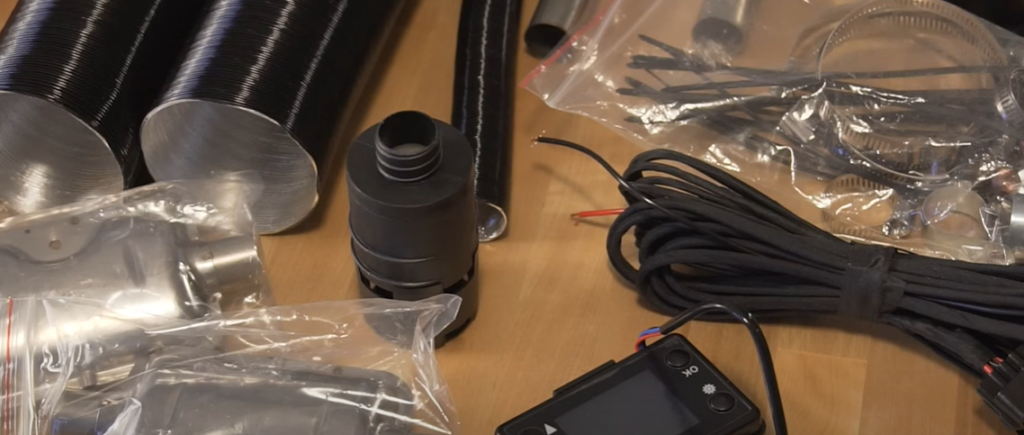
Fuel Availability and Cost
Finally, it is essential to consider the availability and cost of fuel sources when choosing a heater for your tent. While electric heaters may provide convenience and ease of use, they require access to electricity, which may not always be available during camping trips in remote locations. Gas-powered heaters, on the other hand, can be more readily available but often come with higher costs and require frequent refilling or replacement of fuel canisters. Candle heaters, as mentioned earlier, offer a more cost-effective alternative but may not provide the same level of heat output compared to other types of heaters. Consider your budget and how much you are willing to spend on fuel when selecting the right heater for your camping needs.[4]
Preparing Your Tent for Heating
Before using any type of heater in your tent, it is essential to properly prepare the space and ensure safety measures are in place. Here are some steps you can take to prepare your tent for heating:
- Clean the Tent: Before setting up your heater, thoroughly inspect your tent to ensure it is clean and free from any debris, such as leaves, twigs, or dirt. Additionally, remove any flammable materials that may be inside the tent, such as old newspapers or cardboard boxes. By taking the time to clean your tent, you can minimize the risk of fire hazards and ensure a safe environment for heating.
- Choose a Stable Surface: When selecting a suitable surface for your heater, opt for a flat and stable area that is unlikely to shift or tip over. Avoid placing the heater on uneven or sloped ground, as this can compromise its stability and increase the risk of accidents. By carefully choosing a stable surface, you can prevent any potential mishaps and ensure the heater remains secure throughout its operation.
- Ventilate the Tent: Proper ventilation is crucial when using a heater inside a tent to maintain a safe and comfortable environment. Open windows, vents, or doors to allow for adequate airflow and fresh air circulation. This will help prevent the accumulation of carbon monoxide and ensure a constant supply of oxygen inside the tent. By prioritizing ventilation, you can minimize the risk of carbon monoxide poisoning and promote a healthier indoor climate.
- Keep Heaters Away from Flammable Materials: It is vital to maintain a safe distance between your heater and any flammable materials. Ensure that the heater is positioned at least three feet away from items such as bedding, clothing, or other combustible materials. This precautionary measure significantly reduces the risk of accidental fires and potential injuries. By keeping flammable materials at a safe distance, you can enjoy the warmth of the heater without compromising your safety.
- Use a Heat Shield: Consider adding an additional layer of protection by utilizing a heat shield or reflective material around your heater. This simple yet effective measure helps to minimize the risk of accidents and promotes even heat distribution throughout the tent. By utilizing a heat shield, you can further enhance the safety of your heating setup, ensuring a comfortable and secure camping experience.[2]
By following these tips, you can safely and effectively heat your tent for a cozy camping experience. Remember to always monitor your heater closely and follow all safety precautions to prevent any accidents or potential hazards.
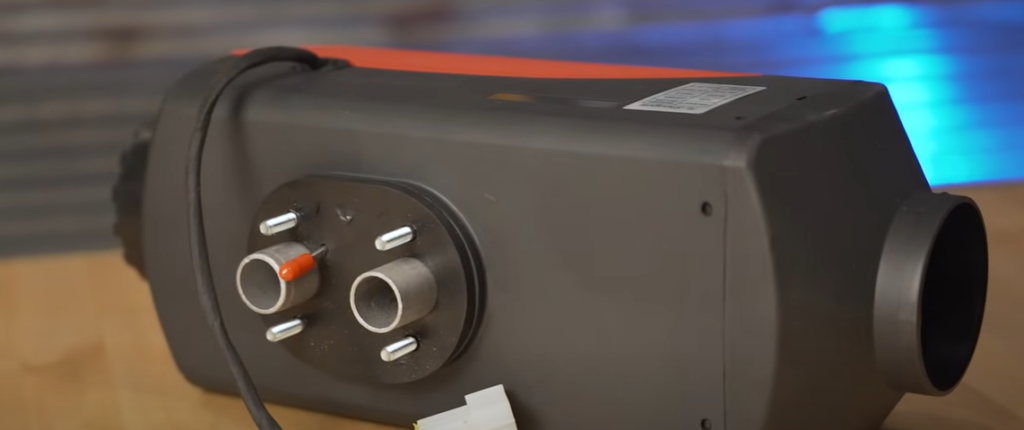
Operating the Heater Safely
When using a heater inside your tent, it is essential to prioritize safety and take necessary precautions. Here are some guidelines to follow when operating a heater in your tent:
- Do not leave the heater unattended: Always keep an eye on the heater while it is in use and never leave it unattended, especially when you go to sleep or leave the tent. This precautionary measure can help prevent any accidents or potential fire hazards.
- Avoid placing items on top of the heater: Placing items such as clothing or blankets on top of the heater can block airflow and increase the risk of overheating. Keep the area around the heater clear to promote proper air circulation and prevent any potential mishaps.
- Do not use makeshift heating methods: It may be tempting to use alternative heating methods, such as stoves or grills, to warm up your tent. However, these makeshift methods can be extremely dangerous and should be avoided at all costs. Only use heaters specifically designed for indoor use.
- Turn off the heater before leaving the tent: When leaving your tent for any reason, always remember to turn off the heater. This simple yet crucial step can help prevent any accidents and ensure the safety of your tent and belongings.[2]
By following these guidelines, you can safely operate a heater inside your tent while enjoying a warm and comfortable camping experience. Remember to always prioritize safety and follow all manufacturer instructions for proper use.
Tips for Efficient Tent Heating
To make the most out of your tent heating experience, here are some additional tips to consider:
- Use a heater with adjustable settings: A heater with different heat settings can help you adjust the temperature based on your needs and save fuel consumption.
- Insulate your tent: Adding an extra layer of insulation, such as thermal blankets or foam padding, can help retain heat inside your tent and reduce fuel consumption.
- Use a heater with a timer: A heater with a built-in timer can help conserve fuel by automatically turning off after a set amount of time.
- Layer up: Wearing warm clothing and using sleeping bags rated for colder temperatures can help you stay comfortable while reducing the need for excessive heating.[2]
By implementing these tips, you can efficiently heat your tent and maximize the use of your heater while saving fuel and staying warm. Remember to always prioritize safety and refer to manufacturer instructions for proper usage.
Alternative Heating Methods
In some cases, traditional heaters may not be a feasible option for heating your tent. Here are some alternative methods you can consider:
- Hot water bottles or hand warmers: These portable and inexpensive options can provide localized heat inside your sleeping bag to keep you warm throughout the night. Simply fill the hot water bottle with warm water before bed or activate the hand warmers and place them in your sleeping bag. The gentle heat will create a cozy environment, ensuring a comfortable and restful sleep in chilly conditions.
- Heated blankets or electric mattress pads: If you have access to electricity, these items can provide a consistent and comfortable source of heat inside your tent. With adjustable temperature settings, you can customize the level of warmth to suit your preferences. Snuggling up under a heated blanket or laying on an electric mattress pad will provide a luxurious and toasty experience, making your camping adventure even more enjoyable.
- Insulated sleeping pads: These pads provide extra insulation from the cold ground, helping to keep you warm at night. Made with advanced materials and innovative design, insulated sleeping pads offer superior thermal efficiency and comfort. The insulating properties prevent heat loss to the ground, ensuring that your body heat is retained, so you can sleep comfortably even in colder temperatures. Invest in a high-quality insulated sleeping pad to enhance your camping experience and stay warm throughout the night.[2]
Remember to always handle these alternative methods with caution and follow all safety precautions. Keep them away from any flammable materials and never leave them unattended while in use.
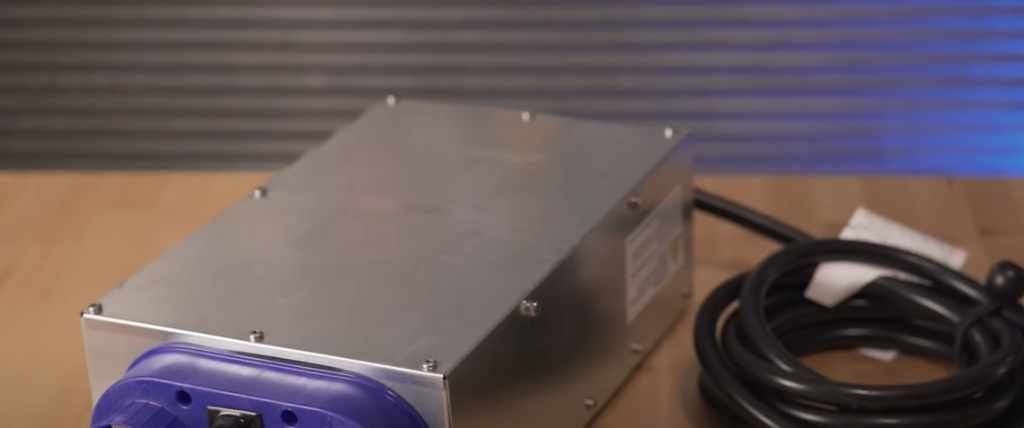
FAQ
How can I heat my tent without a heater?
There are a few alternative methods for heating your tent without a traditional heater, such as using hot water bottles or hand warmers, heated blankets or electric mattress pads, and insulated sleeping pads. However, it is important to handle these options with caution and follow all safety precautions. Additionally, insulating your tent and dressing warmly can also help retain heat inside the tent.
How do you heat an outdoor tent?
The best way to heat an outdoor tent is by using a portable heater specifically designed for indoor use. Follow all safety precautions and manufacturer instructions when operating the heater inside your tent. Alternatively, you can also consider alternative methods such as hot water bottles or hand warmers, heated blankets or electric mattress pads, and insulated sleeping pads. Remember to always prioritize safety and handle these options with caution.
Can a candle heat a tent?
No, it is not recommended to use candles as a heat source inside a tent. They can create fire hazards and increase the risk of carbon monoxide poisoning. It is always best to use a heater specifically designed for indoor use and follow all safety precautions when heating your tent. Remember to never leave any heat source unattended while in use.
How do you heat a party tent safely?
If you are using a party tent for an event or gathering, it is best to hire a professional heating service or use portable heaters specifically designed for outdoor use. Follow all safety precautions and manufacturer instructions when operating any heat source inside the tent. Additionally, ensure proper ventilation and never leave any heat source unattended while in use. Remember to prioritize safety at all times.
Will an oil heater heat a tent?
Oil heaters can be used to heat a tent, but it is important to only use them in well-ventilated areas and follow all safety precautions. Always refer to manufacturer instructions for proper usage. It is also recommended to have a carbon monoxide detector inside your tent when using an oil heater as a precautionary measure. Remember to never leave any heat source unattended while in use. So, be cautious while using an oil heater inside your tent and prioritize safety above all else.
Is there such a thing as a tent heater?
Yes, there are portable heaters specifically designed for indoor use that can be used to heat a tent. These heaters often have features such as adjustable settings and built-in timers to help conserve fuel and ensure safety. It is important to only use these types of heaters in well-ventilated areas and follow all safety precautions.
Useful Video: How to heat your tent this winter
Conclusion
In conclusion, heating a tent can be done efficiently and safely by following these tips and utilizing alternative methods. Always prioritize safety, follow manufacturer instructions, and use caution when operating any heat source inside your tent. With the right preparation and equipment, you can stay warm and comfortable during your camping adventures. Happy camping! So, keep these tips in mind for your next outdoor adventure and have a warm and cozy time in your tent. Remember to always prioritize safety and enjoy the great outdoors!
References:
- https://www.outsideonline.com/outdoor-gear/camping/how-to-safely-heat-a-tent/
- https://offgridworld.com/tent-heating/
- https://www.whatsdannydoing.com/blog/how-to-heat-a-tent
- https://campfirefoodie.com/how-to-safely-heat-a-tent/


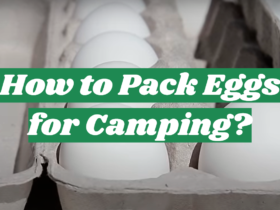



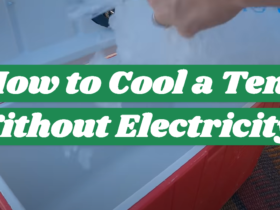
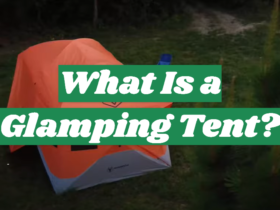
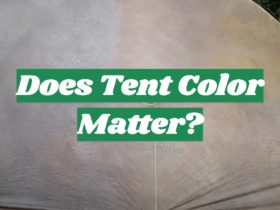
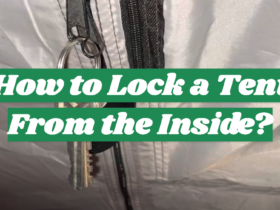
Leave a Review